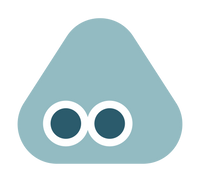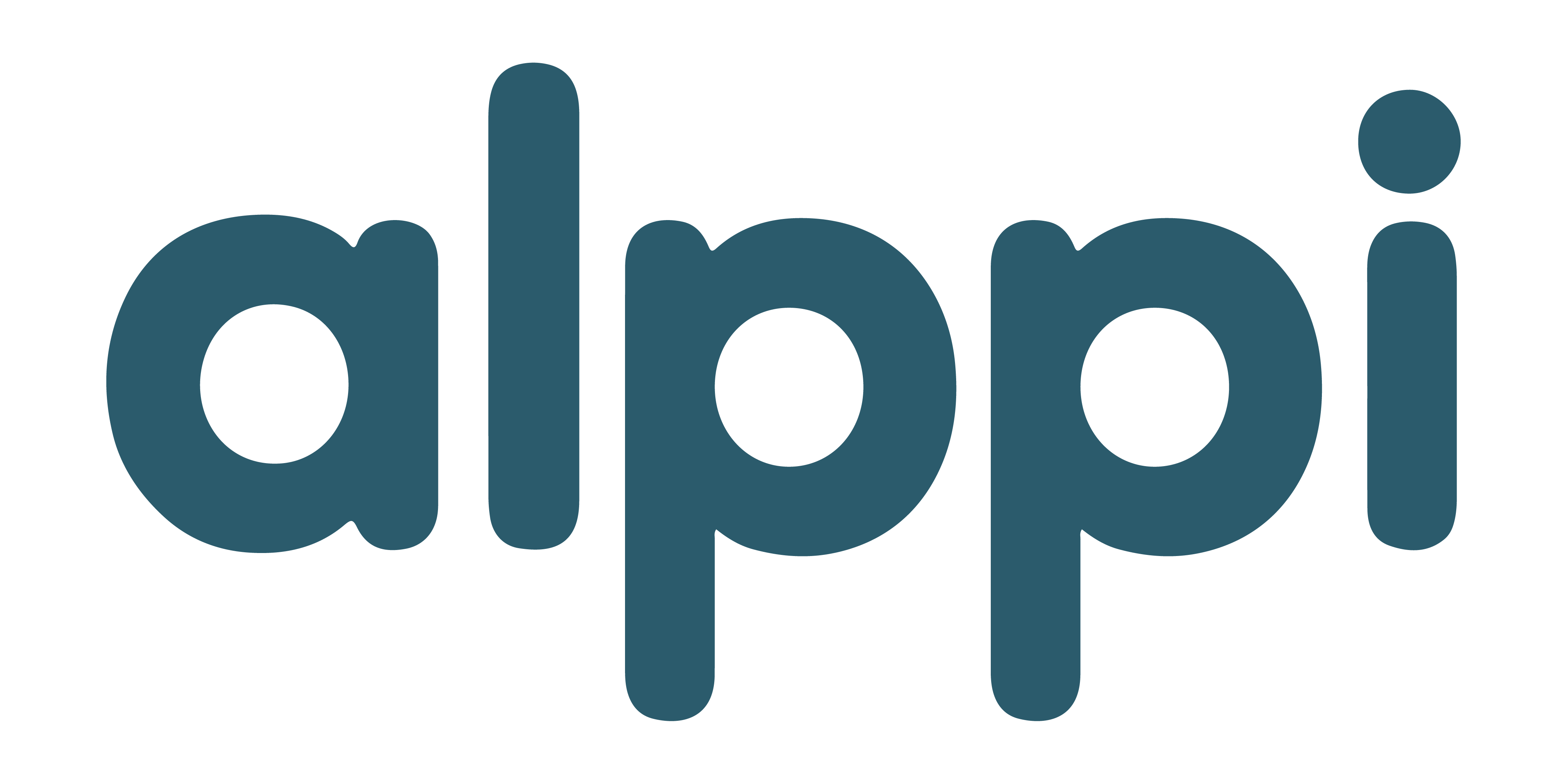At 3 months, babies start showing exciting new milestones in physical, social, and cognitive growth. Many can hold their head up during tummy time, move arms and legs more smoothly, grasp objects briefly, and bring hands to their mouth.
Sleep often totals 14–15 hours a day with longer nighttime stretches. Cognitively, babies follow moving objects, recognize familiar faces and voices, and begin cooing or babbling.
Socially, they smile, laugh, and may imitate simple facial expressions while responding to sounds around them. Some may also show early teething signs or more regular routines. Every baby develops at their own pace, so these milestones are general guidelines.
Helping your baby reach these milestones feels good. But every child grows at their own pace.
3 Month Old Milestones Overview
At three months, your baby starts to show many exciting signs of growth. They gain better control of their body and become more alert.
They also begin to communicate more clearly. Watching these changes can help you support your baby’s development early on.
Why Milestones Matter for Baby’s Growth
Milestones give you a way to track your baby’s progress. By three months, your little one should be gaining better head control and smiling more.
These changes show their muscles and brain are growing strong. Meeting these milestones means your baby is learning how to interact with the world.
For example, your 3-month-old might be able to follow a moving object with their eyes or laugh during playtime. These are signs their senses and social skills are developing.
If your baby misses some milestones, early knowledge helps you get support. Catching delays early can make a big difference in how your baby learns and grows.
Normal Pace and Variation in Development
Every baby grows at their own speed. Some 3-month-old babies develop skills a little earlier or later than others—that’s totally normal.
One baby might start holding their head steady at 10 weeks, while another takes a few more weeks. You can expect a variety in milestones like feeding, sleeping, and social skills.
Your baby might still wake up at night often, while another may sleep longer stretches. Focus on gradual progress rather than strict deadlines.
If you have any concerns, talk to your doctor. But remember, babies do not all follow an exact timeline.
Key 3-month-old milestones you might see:
- Holding head steady without support
- Smiling and cooing
- Tracking moving objects with eyes
- Starting to bat at toys
- Showing interest in people’s faces
These signals show your baby is growing their brain, muscles, and senses.
Physical Development at 3 Months

At three months old, your baby starts to show new physical skills that signal growing strength and coordination. You'll notice better control of their head and more use of their hands to explore.
Early moves like rolling might pop up too. These changes help set the stage for future milestones.
Head Control and Tummy Time Progress
By this age, your baby’s neck muscles are getting stronger. They can hold their head up steadily when lying on their tummy or in your arms.
This improved head control means they can look around more and interact with their world. Tummy time is super important now.
It helps build those neck and shoulder muscles. Try to give your baby short sessions of tummy time multiple times a day.
You’ll see them push up with their arms and lift their head higher as they get used to being on their tummy. Supporting your baby’s head during play and avoiding too much time in seats or carriers will also help this progress.
Rolling and Early Mobility Skills
Most babies don’t fully roll over yet at three months, but you might see early attempts. They may wiggle or twist their body while lying on their back or tummy.
These small movements help develop the muscles needed for rolling. Your baby is starting to discover how to move their body, which is a big step for mobility.
Encourage this by giving them plenty of floor time in safe spaces. Place toys just out of reach to spark reaching and small turning motions.
Reaching, Grasping, and Hand-to-Mouth
At three months, your baby begins using their hands more purposefully. They’ll reach toward objects, practice grabbing toys, and often bring their hands to their mouth.
This is a key part of physical development because it helps with hand-eye coordination and exploration. Your baby is learning how to control hand movements and understand the things in their environment.
You can support this by offering colorful toys or soft objects within reach. Watching them grab or even briefly hold toys is a good sign.
Hand-to-mouth actions also help babies self-soothe. Try to notice when your baby uses both hands together and clap or play peek-a-boo games to encourage interaction.
Get prepared for every outing with your little one. Read our guide, Diaper Bag Essentials: Must-Have Items for Baby
Social and Communication Milestones

At three months, your baby is starting to really connect with you and the world around them. You’ll notice them showing more feelings and trying hard to chat back.
These moments are the building blocks for their emotional and social growth. There’s something special about seeing your baby start to interact with you.
Smiling, Laughing, and Showing Joy
Your baby’s smile is not just cute—it’s an important emotional milestone. Around this age, you’ll see your little one smiling on purpose, which is called a social smile.
They smile when they see familiar faces or hear your voice. Laughing might start appearing too.
When you play, make silly faces, or use fun sounds, your baby may giggle or laugh. This shows they feel happy and safe.
You’ll also see your baby reacting with joy by moving their body or kicking legs when excited. These smiles and laughs mean they are learning how to express emotions and want to be social.
Babbling, Cooing, and Responding to Voices
At three months, your baby will start making soft sounds like cooing and babbling. These noises are their first way to “talk” back to you.
They might experiment with different sounds and enjoy hearing their own voice. Your baby will also pay close attention when you talk.
They may stop what they're doing to listen or turn their head toward your voice. Sometimes, your baby might even imitate the sounds you make.
This back-and-forth "conversation" is their way of learning how communication works. It helps them build skills for later speech and language development.
Recognizing Parents and Familiar Faces
By now, your baby can recognize you and other close family members. They’ll look longer and smile more when they see familiar faces.
When someone new appears, your baby might get quiet or a little unsure. This is normal and shows they are starting to tell the difference between people they know and strangers.
Your baby’s eye contact with you will improve. They may watch your expressions closely to understand how you feel.
This connection helps your baby feel secure and loved.
Sensory and Cognitive Growth

At three months, your baby’s senses and brain are waking up in new ways. You’ll see sharper focus and better listening skills.
Early signs show your little one is starting to understand the world around them. These changes help your baby learn and connect with you more every day.
Tracking Movement with Eyes
Your baby is getting better at following objects with their eyes. They can now track slow-moving things from side to side.
This means when you move a toy or your face, your baby will watch it carefully. At this stage, their eyes often move together smoothly instead of in jerky motions.
This helps with depth perception and prepares them for reaching and grabbing. Watching your baby track movement also shows how their brain is growing.
It means they’re learning to focus and process what they see, which is important for later skills like reading and recognizing faces.
Turning Toward Sounds and Voices
Your baby’s hearing is improving fast. Around three months, they start turning their head toward sounds and voices, especially familiar ones like yours.
You might notice your baby calms down when they hear your voice or smiles in response to talking. This is a sign of early communication and bonding.
Sounds that are clear and close get the best response. Talking, singing, and reading help your baby’s brain build connections that support language development and understanding.
Anticipating Routines and Responses
By three months, your baby begins to recognize patterns and routines. They might get excited when it’s feeding time or quiet when you pick up their diaper.
This shows early cognitive development—your baby is figuring out what happens next and learning to expect it. They might even respond before you do something, like smiling when you come near.
These little hints show your baby is starting to make sense of cause and effect. You can help by keeping routines steady and talking to your baby about what’s coming next.
It helps their brain build security and trust.
Know what’s normal for your baby’s digestion. Read our article, Baby Poop Color Meanings You Shouldn't Ignore.
Sleep and Feeding at 3 Months

At 3 months, your baby’s sleep stretches are getting longer. Naps become more predictable.
You’ll also see shifts in feeding routines, especially during growth spurts. Paying attention to these changes helps you support your baby’s comfort and development.
Typical Sleep Stretches and Naps
By this age, your baby may sleep 14 to 17 hours a day. Nighttime stretches can last 5 to 6 hours, with naps spread through the day.
Most babies take 3 to 4 naps, ranging from 30 minutes to 2 hours each. Your baby’s nervous system is maturing, which helps lengthen sleep times.
You’ll notice more regular patterns, but some days might still vary. Try setting consistent nap times and bedtime to help your little one feel secure and rested.
Feeding Frequency and Growth Spurts
At 3 months, your baby might eat every 3 to 4 hours, sometimes going longer at night. Their stomach grows, so each feeding can be a bit bigger.
Look out for growth spurts, which often happen around weeks 6 to 8 and again near 12 weeks. During growth spurts, your baby may want to nurse or bottle-feed more often.
This extra feeding helps support fast brain and body growth. Responding to these hunger cues will help your baby feel satisfied and nurtured.
Master every diaper change with ease. Check out our piece, How To Change a Diaper Like a Pro: Guide for New Parents.
Supporting 3 Month Old Milestones

At 3 months, your baby is growing fast and learning new skills every day. You can help your little one build strength, practice talking, and explore the world by giving them simple activities and lots of loving attention.
Tummy Time and Safe Play Ideas
Tummy time really matters for your baby’s muscles. It helps your baby build neck, shoulder, and arm strength for rolling and sitting later.
Put your baby on their tummy for just a few minutes, a few times a day. Start with 2 or 3 minutes and add more as your baby gets stronger.
Make it fun—put a bright toy or a mirror in front of your baby. This gets them to lift their head and look around.
Stay close. Never leave your baby alone during tummy time.
Lay down a soft mat or blanket for a safe spot to play. You can gently help your baby move their arms and legs to get them used to new motions.
Keep sessions short and do them often. That works best for little ones.
Talking, Reading, and Singing Daily
Your baby picks up language by listening to you. Try talking to your baby while you do daily things—like, “Now we’re changing your diaper.”
Reading out loud helps babies hear new sounds and patterns. Pick simple books with big, bright pictures. Point to the pictures and name them slowly. That helps your baby learn new words and pay attention.
Singing is honestly magic. Babies love the sound of your voice, even if you can’t carry a tune. Songs with lots of repeating words, like nursery rhymes, help your baby start to babble.
Try singing softly during playtime or bedtime. It can help your baby feel calm and connected.
Encouraging Interaction with Toys and People
Around 3 months, your baby starts noticing toys and faces more. Pick toys that are easy to hold, like soft rattles or rings. Bright colors and new textures grab their attention.
Hold toys close to your baby’s face and move them slowly. This helps your baby practice tracking with their eyes.
Switch up the toys now and then to keep things interesting. Babies like a little surprise.
Social time matters too. Smile, make silly faces, and answer when your baby coos. These simple moments teach your baby about feelings and how to connect.
If you have visitors or siblings around, let them join in. It’s good bonding for everyone.
Save time and stress with smarter diaper routines. Read our article, Why a Diaper Subscription Makes Parenting Easier.
When to Call the Doctor
Keep an eye on how your baby grows and changes in these early months. Some signs mean you should check in with your doctor, just to be sure things are okay.
Watch for big delays or any trouble with seeing, hearing, or moving.
Missing Key 3 Month Old Milestones
If your baby isn’t hitting common milestones at three months, ask your doctor about it. By now, your baby should start smiling, making sounds, or following things with their eyes.
They might also push up on their arms during tummy time.
- Watch for these signs:
- No smiling or social response
- No cooing or gurgling
- Not lifting head or chest during tummy time
If you notice these, your baby might need some extra support. Don’t wait—early help can make a big difference.
Concerns with Vision, Hearing, or Movement
Call your doctor if your baby seems to have trouble seeing, hearing, or moving. For vision, see if your baby doesn’t follow objects with their eyes or doesn’t focus well.
For hearing, notice if loud noises don’t get a reaction. Movement problems include stiff or floppy muscles, or not moving one side of the body.
If your baby can't bring hands to their mouth or open and close their fingers, that’s worth mentioning too.
- Key signs to watch:
- No eye contact or tracking
- No startle or response to sounds
- Limited or uneven limb movement
Write these signs down and talk to your pediatrician if you see any. They’ll help you figure out the next steps.
Final Thoughts
By 3 months, your baby is gaining strength, personality, and new ways to connect with the world. From lifting their head and grasping toys to smiling, cooing, and following your face, these milestones highlight steady progress in motor, social, and cognitive growth.
Remember, every baby develops at their own pace, so it’s normal if some skills appear earlier or later. What matters most is gradual improvement and responsiveness.
If you’re ever concerned, check in with your pediatrician. For now, enjoy this joyful stage — your baby’s 3 month old milestones are the foundation for many exciting firsts to come.
Understand what feeding choices work best. Read our guide: A Complete Guide to Baby Feeding Options.
Frequently Asked Questions
What developmental milestones should my baby reach by 3 months?
By three months, your baby should hold their head up pretty well. You’ll probably see social smiles and hear cooing sounds. Your baby might start reaching for things and following objects with their eyes.
How much sleep does a 3-month-old baby typically need?
Most 3-month-olds sleep about 14 to 17 hours in 24 hours. Usually, this means longer stretches at night and a few naps during the day. Sleep schedules can still be a bit all over the place at this age.
Should I be concerned if my baby isn't rolling over yet?
Most babies don’t start rolling over until 4 to 6 months. If your baby isn’t rolling at three months, it’s usually not a worry. Keep doing tummy time to help those muscles, and bring up any concerns with your doctor.
Can I start introducing play activities to stimulate my baby's senses?
Definitely! Try singing, gentle talking, showing bright colors, and giving soft toys. These simple things help your baby learn about sounds, sights, touch, and start building social skills.
What feeding patterns are expected for a baby at 3 months old?
At three months, your baby probably eats every 3 to 4 hours. Most babies this age take about 4 to 6 ounces each time.
Pay attention to hunger cues. Don't force your baby to eat if they don't seem hungry.













